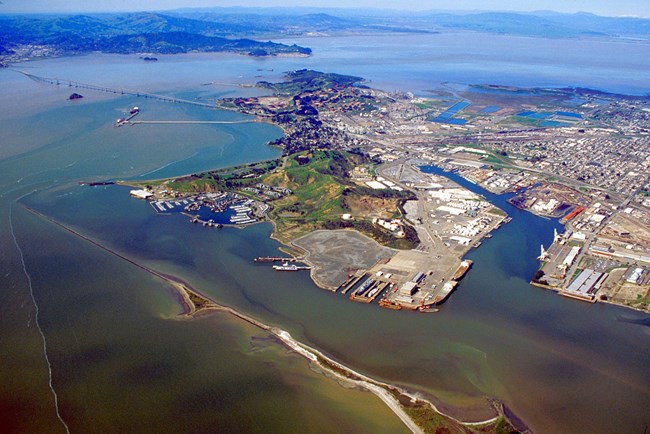
Building Ships and Breaking Barriers: Richmond in WWIIThe "Home Front" refers to the collective efforts of civilians in a nation at war, working to support military forces overseas. During World War II, Americans united to meet this challenge, transforming industries, communities, and lives to power the fight for freedom. President Franklin Roosevelt's vision of "The Arsenal of Democracy" inspired unprecedented social and economic changes, fueling the Allied victory and reshaping American society. The Outbreak of World War IIOn December 7, 1941, the Empire of Japan launched a surprise attack on Pearl Harbor, crippling the U.S. Pacific Fleet. The next day, the United States declared war on Japan, and shortly after, Germany and Italy declared war on the United States, cementing the global conflict. Approximately ten million Americans served in the military, while the civilian population mobilized on the Home Front, driving a surge in war production to support the U.S. and its allies. Richmond's Role and Impact in WWIIRichmond, California, became a vital hub for the American war effort. The Kaiser Shipyards in Richmond, part of a larger network, produced an astounding 747 ships between 1941 and 1945, making them the most productive shipyards in history. Pioneering construction techniques, such as prefabrication, slashed production times and set new standards for efficiency. Among these ships was the SS Red Oak Victory, now a museum commemorating this extraordinary period. Richmond's transformation into an industrial powerhouse reflected resilience, innovation, and unity during the war. Social and Economic ImpactIntegration of Women and MinoritiesThe war effort dramatically changed the workforce, integrating women and minorities into roles previously dominated by men. "Rosie the Riveter," with her iconic "We Can Do It" motto, symbolized the six million women who entered the workforce. Initially targeting white middle-class women, the government later recruited minorities to fill labor shortages. These efforts laid the groundwork for the Civil Rights and Women's Movements, as women and minorities broke barriers by taking on skilled roles such as welders and electricians. Despite resistance, their contributions proved indispensable and paved the way for future advancements in equality. Migration and Cultural ChangesWWII sparked the largest internal migration in U.S. history, as families moved to industrial centers like Richmond for well-paying war jobs. Richmond's population soared from under 24,000 to over 100,000, leading to the rapid development of housing and infrastructure, including projects like Atchison Village. The influx of workers created a diverse, dynamic community that had to bridge cultural differences to meet wartime demands. Many who relocated stayed after the war, permanently altering the nation's cultural landscape. Economic Prosperity and Urban DevelopmentFederal investment and industrial jobs brought prosperity to Richmond, transforming it from a small town into a thriving wartime city. Innovations such as company-provided childcare and healthcare emerged during this time, giving rise to organizations like Kaiser Permanente, now a leading healthcare provider. These advancements not only supported the war effort but also set the stage for modern urban development. Challenges and ImprovementsWorkers on the Home Front faced significant challenges, including difficult and dangerous conditions. Industrial accidents outnumbered military casualties between Pearl Harbor and D-Day, spurring improvements in workplace safety and healthcare. Women, balancing work and family, drove the establishment of childcare centers, which advanced the field of early childhood development. These innovations addressed immediate needs while leaving a lasting legacy of progress. Total War EffortThe war demanded sacrifices from all Americans. Rationing of essential goods, recycling drives, and "Victory Gardens" became common. Youth groups collected materials for the war effort, while citizens bought war bonds to fund the military. The mantra "Use it up – Wear it out – Make it do – or Do without" encapsulated the resourcefulness of the era. The Home Front's total war effort was comprehensive, underscoring the unity and determination of the American people. Rosie the Riveter/WWII Home Front National Historical ParkEstablished in 2000, the Rosie the Riveter/WWII Home Front National Historical Park in Richmond honors the city's pivotal role during the war. The park preserves the stories of those who lived and worked through this transformative period, ensuring future generations understand their contributions and sacrifices. The Richmond Museum Association operates the SS Red Oak Victory, the last remaining Victory Ship built in the Richmond Shipyards, offering visitors a tangible connection to this remarkable history. The WWII Home Front in Richmond exemplifies the ingenuity, determination, and unity of the American people during a time of global crisis. Richmond's transformation into an industrial and social hub highlights what can be achieved through collective effort and resilience. |
Last updated: January 14, 2025
